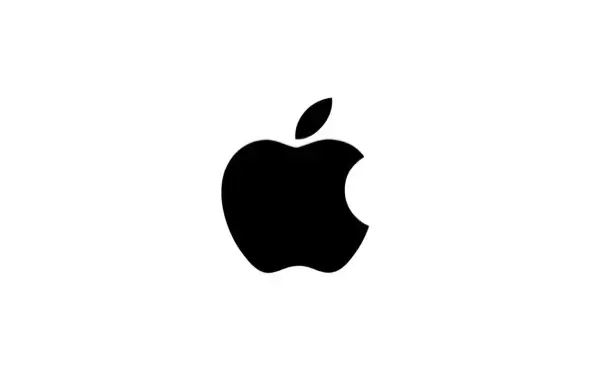Apple’s highly anticipated iPhone 16 series was officially launched during the company’s ‘It’s Glowtime’ hardware event on September 9. While these handsets just hit the shelves in India and other global markets, rumors are already swirling about the next-generation iPhone models, expected to debut in 2025. According to industry reports, the iPhone 17 and iPhone 17 Slim will feature a significant display upgrade, making Apple’s future smartphones even more competitive.
iPhone 17 Display Upgrades: 120Hz Refresh Rate on Non-Pro Models
A well-known industry analyst from Display Supply Chain Consultants, Ross Young, recently hinted at the display features expected in the new iPhone series. Although the post has since been deleted from X (formerly Twitter), Young’s information suggests that Apple’s iPhone 17 and the new iPhone 17 Slim will come equipped with LTPO OLED displays capable of supporting a variable refresh rate between 1Hz and 120Hz.
If accurate, this would mark the first time Apple brings its 120Hz ProMotion display technology to non-Pro models. Initially introduced with the iPhone 13 Pro lineup in 2021, ProMotion allows for smoother scrolling, fluid animations, and better responsiveness across the interface.
Until now, this premium feature was restricted to the more expensive Pro models, leaving non-Pro iPhones with a standard 60Hz display. However, this shift could make the next-gen iPhone and iPhone 17 Slim highly appealing to consumers who desire high-end performance at a relatively lower price.
LTPO OLED Technology: What Does It Mean for iPhone Users?
Apple has been using LTPO (Low-Temperature Polycrystalline Oxide) technology in its Pro models, starting with the iPhone 13 Pro series. LTPO screens enable dynamic refresh rates, allowing the display to scale from as low as 1Hz for static content to as high as 120Hz for animations, video, and gaming.
This technology also makes it possible to implement features like an always-on display, which Apple first introduced in the iPhone 14 Pro. With LTPO technology set to come to the iPhone 17 and iPhone 17 Slim, users can expect smoother interactions, better battery life, and more advanced display capabilities.
The next-gen iPhone’s rumored high refresh rate is noteworthy, especially considering that many budget-friendly Android smartphones already offer 90Hz or 120Hz displays at a fraction of the iPhone’s price. This puts added pressure on Apple to deliver value to its non-Pro users.
iPhone 17 Pro Models: A Look at Potential High-End Features
While the next-gen iPhone and iPhone 17 Slim are grabbing attention for their display upgrades, the iPhone 17 Pro and iPhone 17 Pro Max are expected to bring even more high-end features to Apple’s flagship devices.
According to industry rumors, the iPhone 17 Pro Max could come equipped with 12GB of RAM and an advanced vapor chamber cooling system designed to maintain optimal performance even during intensive use, such as gaming or video editing.
One of the standout features anticipated for the iPhone 17 Pro models is the introduction of Apple’s first 2nm chip. Manufactured by Taiwan Semiconductor Manufacturing Co (TSMC), this new processor could significantly enhance the performance and energy efficiency of Apple’s devices, setting a new standard in the smartphone market.
This would not only make apps and games run faster but also improve battery life—something that’s always a major consideration for smartphone users.
Will Apple Revolutionize the Smartphone Market Again?
Apple is known for making incremental yet impactful upgrades to its devices, and the new series seems to follow this tradition. The move to bring 120Hz ProMotion displays to non-Pro models like the next-gen iPhone could attract a wider audience, especially those who want a premium display experience without paying a premium price.
It’s not just about the display. As smartphone technology continues to advance, consumers are becoming more aware of the importance of performance enhancements, better cooling systems, and power-efficient processors.
The rumored 2nm chip for the Pro models, combined with the upgraded display for non-Pro models, could help Apple retain its competitive edge in the smartphone industry.
What to Expect From Apple’s Future iPhones
As we move closer to 2025, more information about the new series will likely surface. If the predictions hold true, Apple’s decision to democratize its 120Hz ProMotion display by extending it to the iPhone 17 and iPhone 17 Slim could be a game-changer in the market. Alongside the expected improvements in RAM, cooling technology, and chip performance in the Pro models, Apple is poised to keep its fanbase excited for the future.
For now, iPhone enthusiasts and prospective buyers can look forward to the advancements of the iPhone 16 series, while keeping a keen eye on what the next-gen iPhone and iPhone 17 Slim might bring to the table.
I hope you find the above content helpful. For more such informative content please visit Martecedge.










